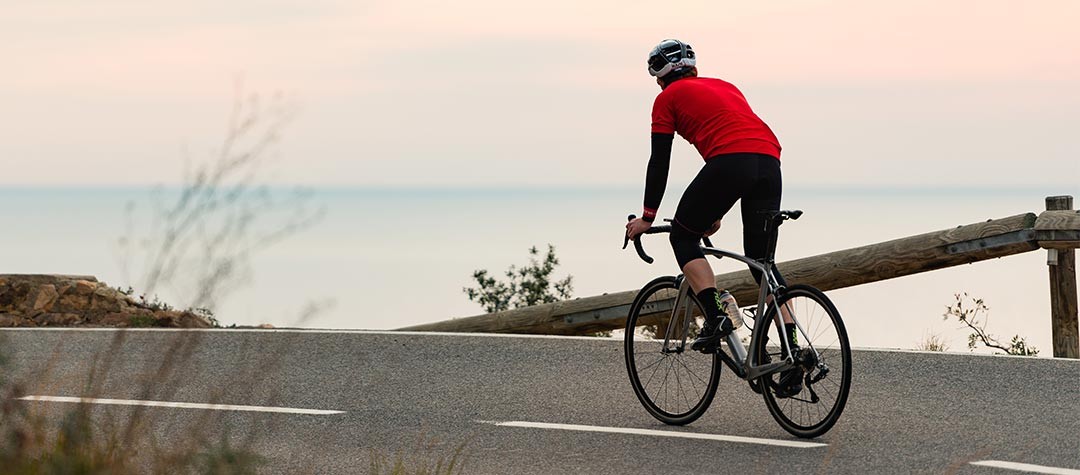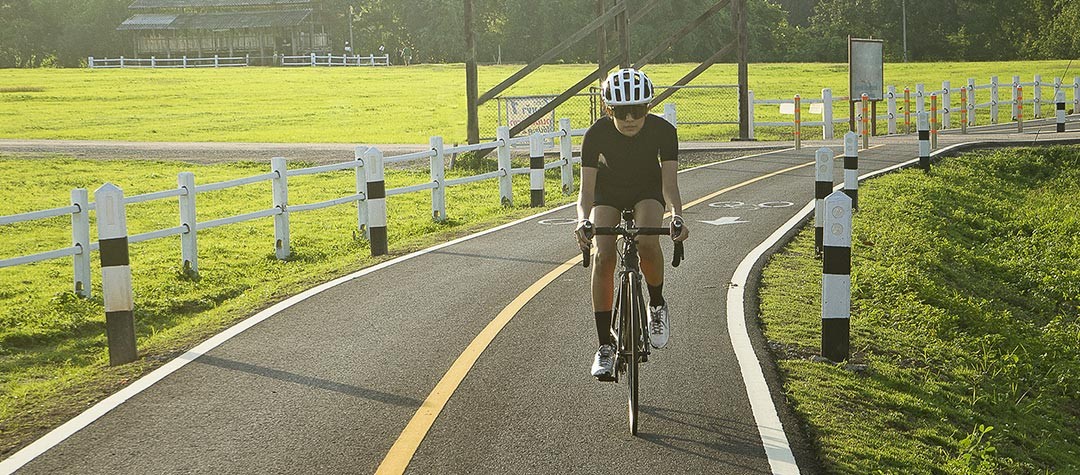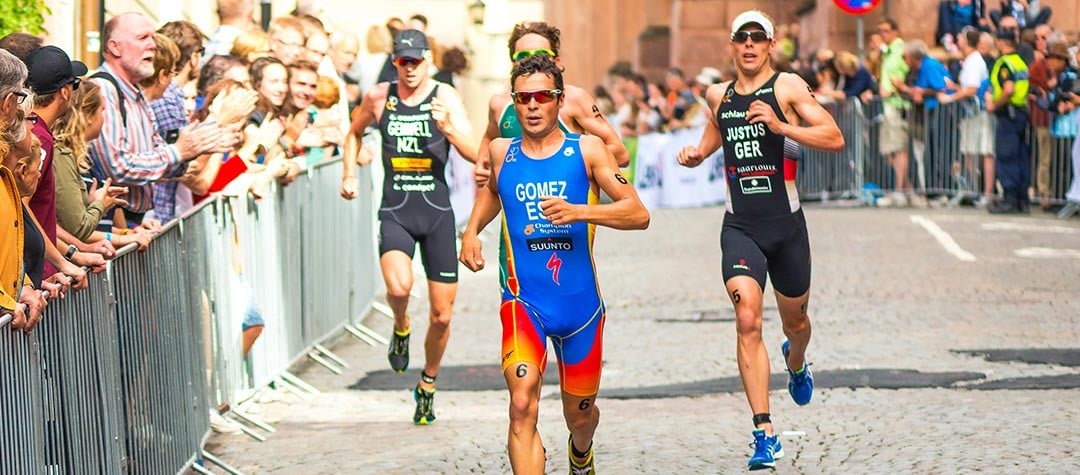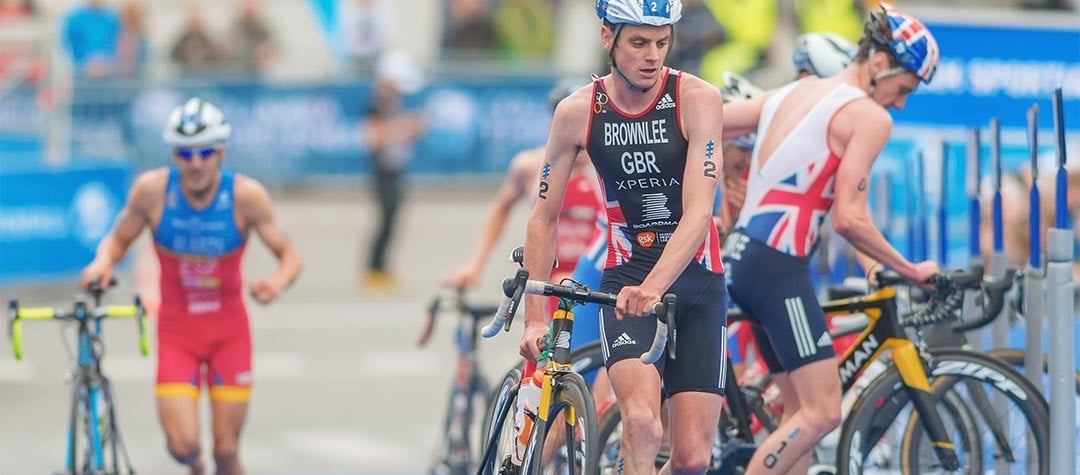Increasing your cadence or revolutions (rpm) on the bike can be key to making improvements to the bike leg of your triathlon.
Cadence is best described as your pedalling speed. It’s measured in ‘rpm’ (revolutions per minute), which is the amount of time it takes one foot to make a full revolution. Cycling can often seem simple because almost everyone can ride a bike hard, however cadence is often overlooked and bad pedalling technique can lead to you wasting energy.
As a guide it’s most commonly thought that getting efficient at 90rpm is most effective.
There is no magic number really in terms of RPM, as it’s largely individual, but as a guide it’s most commonly thought that getting efficient at 90rpm is most effective. Down at 60-70rpm is where you’ll find most beginners, but that is deemed too low and will end up sapping all your strength and tire you out much quicker.
Cadence and its relation to gear and effort
Pedalling with a high cadence in a low gear will mostly tax your cardiovascular and respiratory system. If you’re fit and can handle it and you’re efficient in that gear, then it’s a good thing for you because you’ll be able to save some of that strength in your legs.
Pedalling in a low gear will tax your skeletal system and mostly your quads. As you’re using a big gear you have to have the power to force the pedals round. If you have well developed legs you can probably handle it. One benefit is it’s more beneficial on the cardiovascular system and will keep your heart and respiratory rate lower.
"With high cadence you get the tactical benefit of being able to react easier to surges in the group as you can quickly up your work rate."
With high cadence you get the tactical benefit of being able to react easier to surges in the group as you can quickly up your work rate. Climbing in the hills will also suit you better as you are more efficient in pedalling the small gear.
Making improvements to your cadence
The easiest way to improve your cadence is to just get out there and do it. You can measure cadence with most bike computers but also by counting. If you’re someone who rides around with low cadence mostly then try to get into the habit of clicking up a gear so you’re spinning more and leave it there!
At first it will probably feel uncomfortable and like you’re lacking power but eventually you’ll get used to it and it’s surprising how easy it is to change that habit. Another great way to practice pedalling with a higher cadence is to train for short bursts at maximum power and high cadence.
When you’re warming up for a session or half way through a ride, you can easily practice riding 10 x 10 seconds with 50 seconds rest. Practicing this cadence at high intensity will certainly help you improve.
Using a 'fixie'
Finally the use of fixed gear bikes can also help improve your cadence. This could be in a velodrome or out on the road. As the hub has no freewheel it means you are forced to continuously pedal - there is no opportunity to freewheel or take a breather.
Out on the road occasionally you’ll be over geared but also more often than not you’ll be forced into a high cadence as you cycle downhill or with a tailwind. You won’t believe how much this improves your pedalling.














